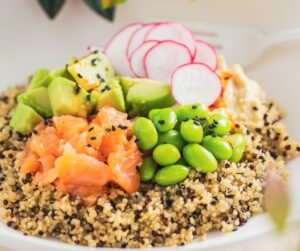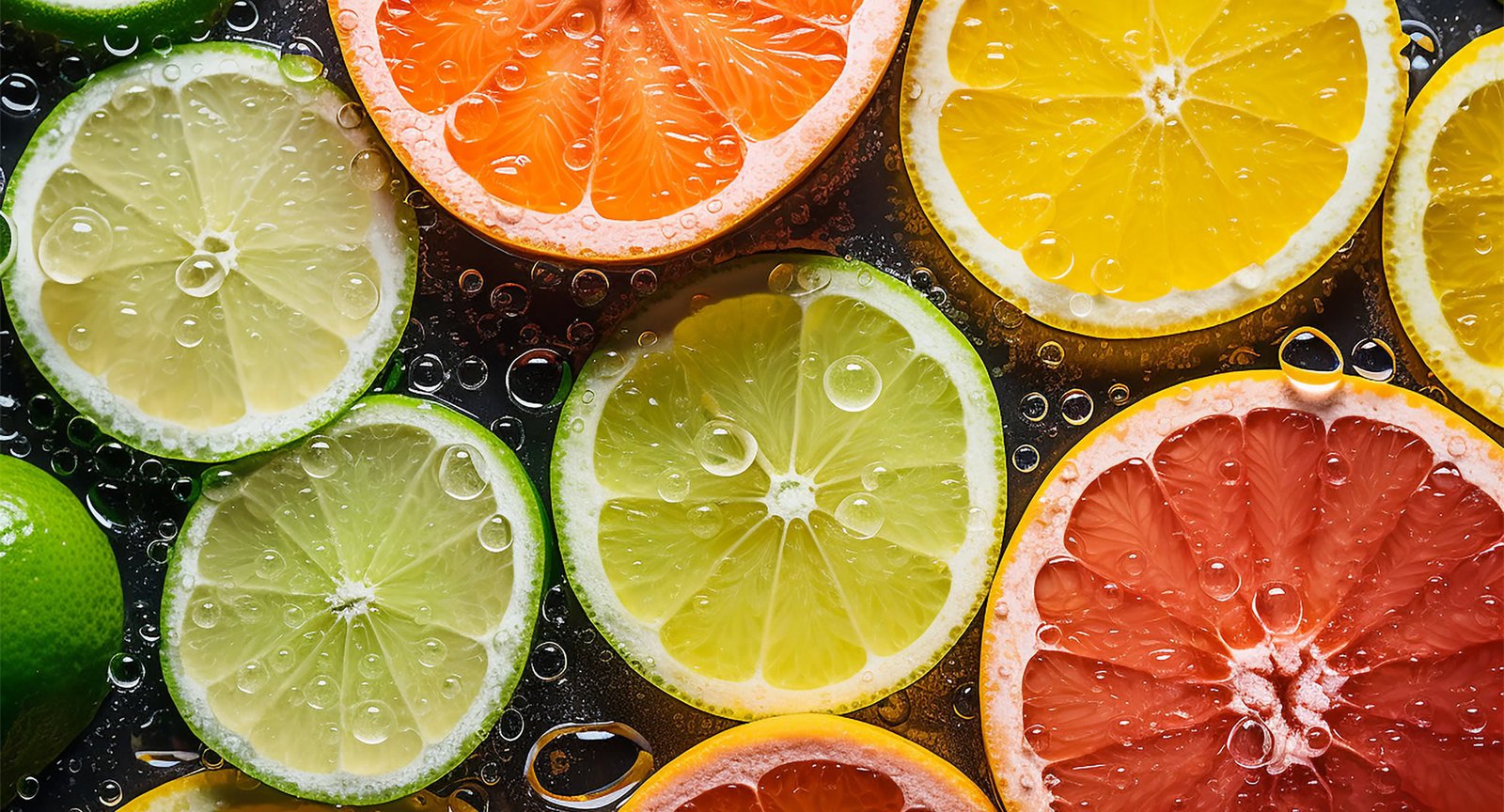
Introduction to Alkaline Foods and Their Health Benefits
The concept of alkaline foods has gained significant attention in recent years, primarily due to their purported health benefits. To understand alkaline foods, it is essential to grasp the basics of the pH scale, which ranges from 0 to 14. Foods can be classified as acidic (pH below 7), neutral (pH of 7), or alkaline (pH above 7). The human body functions optimally when it maintains a slightly alkaline pH, typically around 7.4. This balance is crucial for various physiological processes and overall health.
Maintaining a balanced pH in the body is important because it can help reduce the risk of chronic diseases. An alkaline diet, which emphasizes the consumption of alkaline foods, has been associated with lower incidences of conditions such as diabetes, hypertension, and certain types of cancer. This is because an alkaline diet helps to maintain the body’s natural pH balance, thereby supporting immune function and reducing inflammation. Furthermore, alkaline foods promote better digestion, increase energy levels, and contribute to improved overall well-being.
Alkaline foods are typically rich in essential nutrients, including vitamins, minerals, and antioxidants, which are vital for maintaining optimal health. Common alkaline foods include leafy greens, root vegetables, nuts, seeds, and certain grains. Among these, garbanzo beans and quinoa stand out as particularly beneficial examples. Garbanzo beans, also known as chickpeas, are a versatile legume rich in protein, fiber, and various vitamins and minerals. Quinoa, often referred to as a superfood, is a nutrient-dense grain that provides complete protein, fiber, and a range of essential amino acids.
By incorporating alkaline foods like garbanzo beans and quinoa into your diet, you can support your body’s pH balance and enjoy numerous health benefits. These foods not only add variety and nutrition to your meals but also play a crucial role in promoting long-term health and well-being.
Nutritional Benefits of Garbanzo Beans and Quinoa
Garbanzo beans, also known as chickpeas, are a powerhouse of nutrition. They are particularly noted for their high protein and fiber content, making them an excellent choice for those seeking to enhance their dietary protein intake without consuming meat. A single cup of cooked garbanzo beans contains approximately 15 grams of protein and 12 grams of fiber. This fiber content plays a crucial role in promoting digestive health by aiding in regular bowel movements and preventing constipation.
Moreover, garbanzo beans are rich in essential vitamins and minerals. They are a significant source of iron, which is vital for the production of healthy red blood cells, and magnesium, which supports muscle function and bone health. Folate, another nutrient found in garbanzo beans, is essential for DNA synthesis and repair, making it particularly important for pregnant women. Consuming garbanzo beans can also aid in weight management due to their high fiber and protein content, which helps in making one feel full and satisfied. Additionally, the complex carbohydrates in garbanzo beans help in maintaining stable blood sugar levels, making them a beneficial food for individuals with diabetes.
Quinoa is another nutritional gem that deserves a prominent place in any healthy diet. It is one of the few plant-based foods that is a complete protein, meaning it contains all nine essential amino acids that our bodies cannot produce on their own. This makes quinoa an excellent food choice for vegetarians and vegans seeking to meet their protein requirements. Quinoa is also packed with antioxidants, which protect the body from harmful free radicals and reduce the risk of chronic diseases.
In terms of vitamins and minerals, quinoa is a standout. It is rich in manganese, which is critical for metabolism and bone health, and phosphorus, which supports healthy bones and teeth. Additionally, magnesium in quinoa helps in muscle relaxation and nerve function. Quinoa’s high nutritional value can support muscle repair, boost metabolism, and enhance overall nutritional intake.
Incorporating garbanzo beans and quinoa into daily meals is both simple and versatile. Garbanzo beans can be added to salads, stews, and soups, or even roasted for a crunchy snack. Quinoa can be used as a base for bowls, mixed into salads, or served as a side dish. By including these foods in your diet, you can enjoy their numerous health benefits while adding variety and flavor to your meals. In helping maintain a healthier lifestyle, here’s a recipe book that we recommend: Cool Beans: The Ultimate Guide to Cooking with the World’s Most Versatile Plant-Based Protein, with 125 Recipes by Joe Yonan


